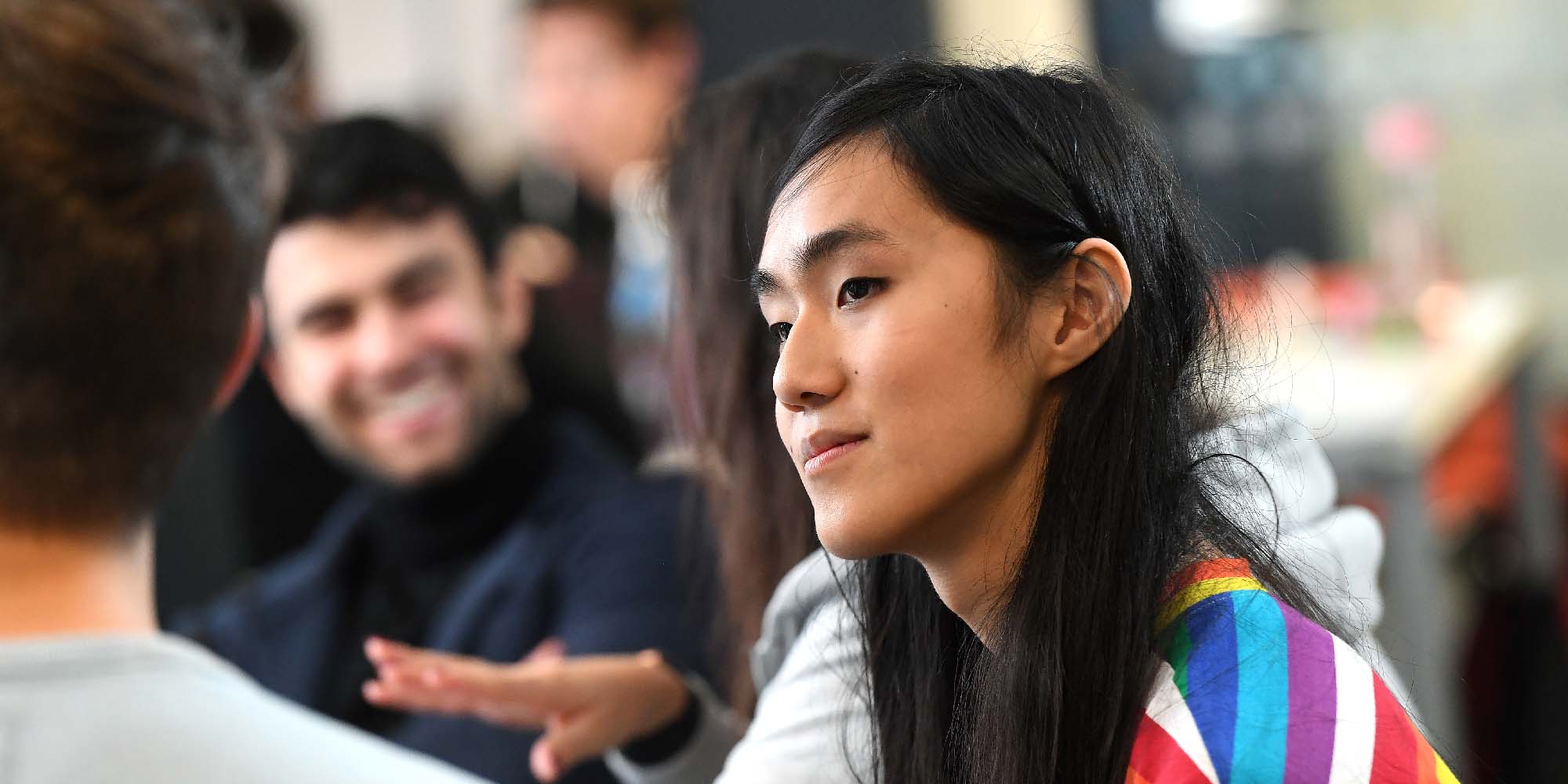Postgraduate research opportunities Non-linear Electrodynamics Mediated by Multidimensional Surfaces
ApplyKey facts
- Opens: Thursday 21 March 2024
- Deadline: Friday 31 May 2024
- Number of places: 1
- Duration: 42 months
- Funding: Equipment costs, Home fee, Stipend, Travel costs
Overview
This PhD research project will involve the student in undertaking theoretical analysis and numerical simulations to explore the diverse operating regimes of highly overmoded surface wave oscillators based on complex multidimensional surface structures. The project aims to develop in-depth understanding of the underpinning non-linear many-body electrodynamics for the development of terahertz (0.1-10 THz) sources to address the long-standing “THz gap”.Eligibility
PhD Candidates must hold a minimum of an upper Second-Class UK Honours degree or international equivalent in a relevant science or engineering discipline.

Project Details
Research into THz source development is needed to meet the growing demand from applications such as: biochemical spectroscopy (enhancing Nuclear Magnetic Resonance using Dynamic Nuclear Polarisation), current drive and plasma heating in tokamaks (for the eventual realization of clean fusion energy), communications, radar, non-destructive testing and plasma diagnostics capable of operating in inherently noisy environments.
One device which holds strong promise to deliver kilowatts, or even megawatts, of power in the THz domain, is the ‘overmoded’ surface wave oscillator (SWO). In conventional microwave oscillators based on cylindrical interaction cavities, the cavity diameter D scales with the source wavelength (λ) to maintain the phase and spectral coherence of the output radiation. At shorter wavelengths, the reduced interaction volume greatly impacts on the power handling capabilities of the device. When D is increased in relation to λ ( D/ λ >>1), the system is said to be “oversized”, and therefore overmoded.
The suppression of parasitic modes is pertinent to all overmoded systems. Shallow periodic corrugations can be machined onto the inner interaction cavity wall to reduce the number of permitted eigenmodes (through the introduction of complex boundary conditions and phase-matching constraints). The excitation of a single eigenmode, and therefore single-frequency radiation, can be achieved through the resonant coupling of volume and surface waves.
However, this problem becomes increasingly challenging as D/ λ is increased and research is needed to determine what limiting factors might exist. This could allow game-changing mode control and therefore substantial uplift in peak and average power from microwave sources based on diverse dynamical systems.
Studies of SWOs based on complex surface structures have focused primarily on steady state wave-beam interactions. As such, the potential for new and diverse regimes remains relatively unexplored. This project will develop understanding of the highly non-linear electrodynamics in the stationary (steady-state) and non-stationary (transient) regimes. In the latter, slippage of the wave relative to the particles (due to a difference in the group velocity of the EM wave and drift velocity of the driving electron beam) compresses all the free electron energy into a short duration superradiant with the potential for exceptionally high instantaneous power. By developing understanding of the complex underpinning physics, a new generation of THz sources can be envisioned.
The main objectives of this project are:
- Understand the complex many – body electrodynamics
- The student will develop a range of transferrable skills in ‘in demand’ areas including
- This is expected to be relevant to a wide range of application areas
- The microwave part of the electromagnetic spectrum is attractive to study these dynamics
- Theoretical analysis and numerical simulations of the complex wave-beam interaction physics
- Experimental measurements of the novel surface structures
- Numerical simulation
- Experimental techniques
Further information
We strongly recommend that you contact the supervisor for this project before you apply. Dr Amy MacLachlan: amy.maclachlan@strath.ac.uk. There may be some flexibility in the deadline, and it would be good to discuss in advance with any student who is considering part time study.
Funding details
The duration of the PhD is 3.5 years. Funding will cover tuition fees and a stipend set at the UKRI rate (£19,237 in 2024/2025), and funds will be available for conference attendance and training. The funding is for home students.
While there is no funding in place for opportunities marked "unfunded", there are lots of different options to help you fund postgraduate research. Visit funding your postgraduate research for links to government grants, research councils funding and more, that could be available.
Apply
Number of places: 1
To read how we process personal data, applicants can review our 'Privacy Notice for Student Applicants and Potential Applicants' on our Privacy notices' web page.
Physics
Programme: Physics
Physics
Programme: Physics

